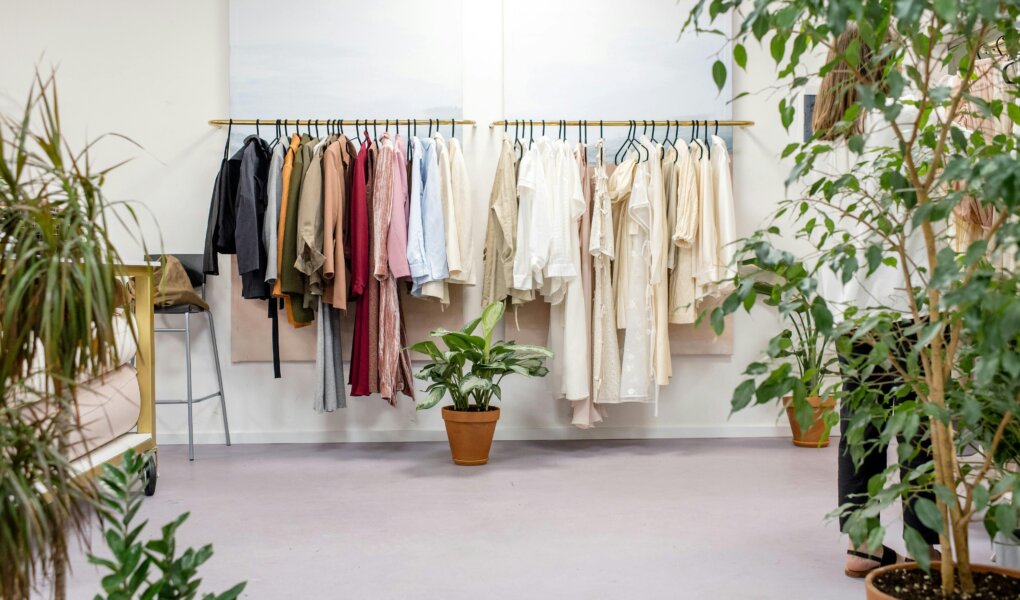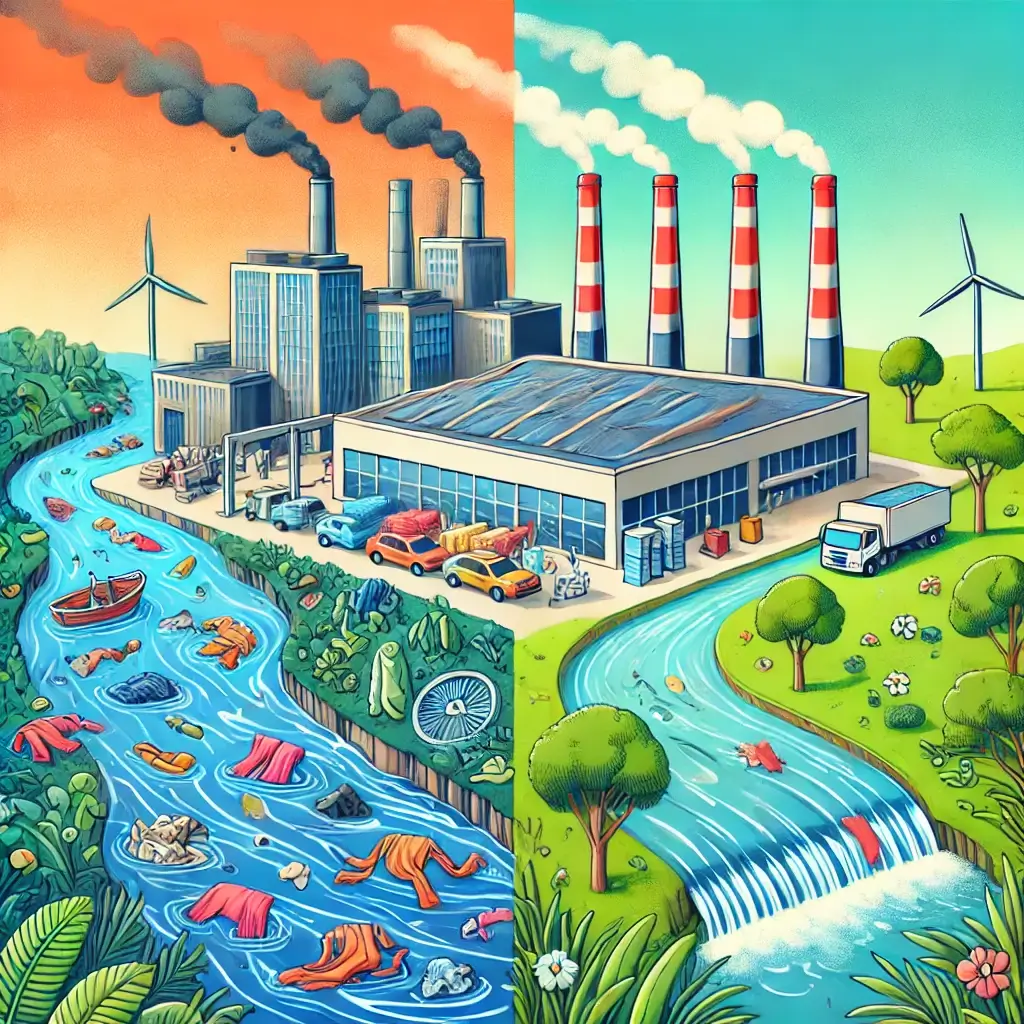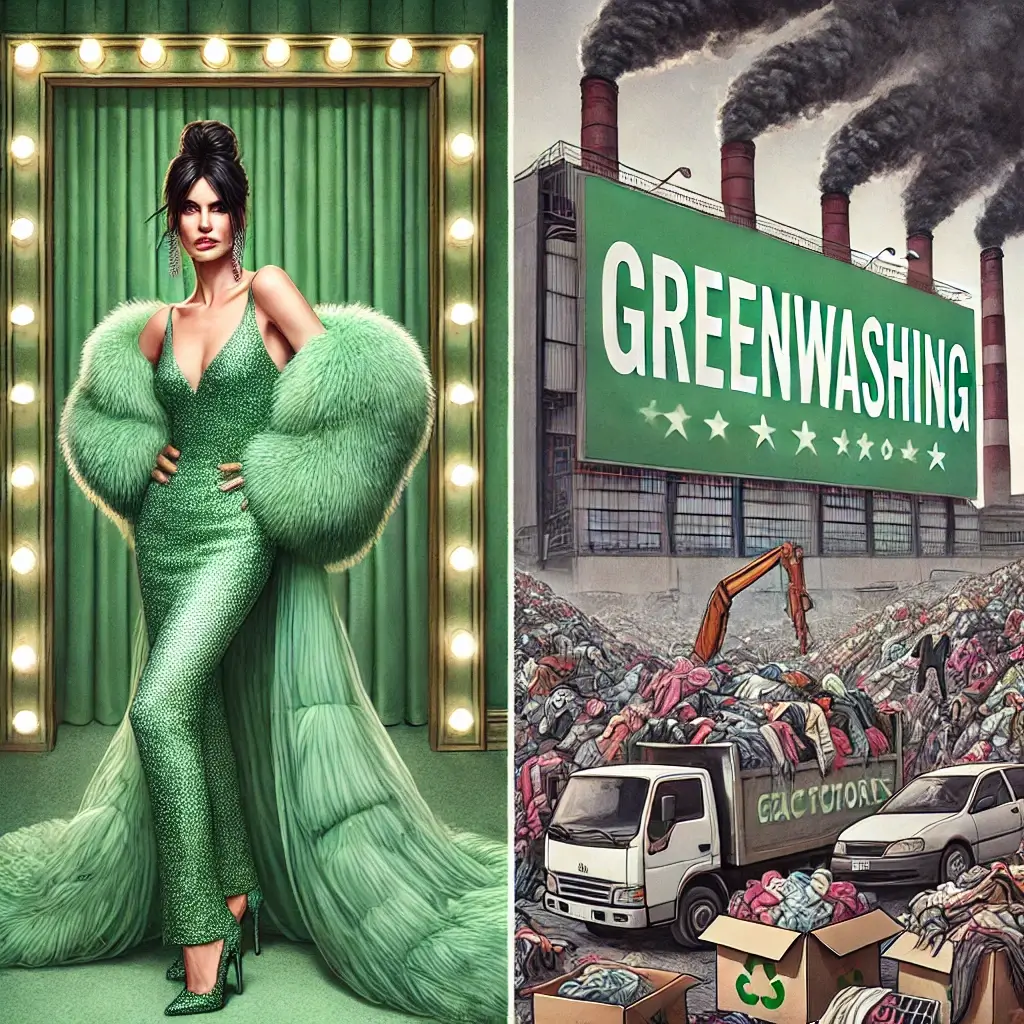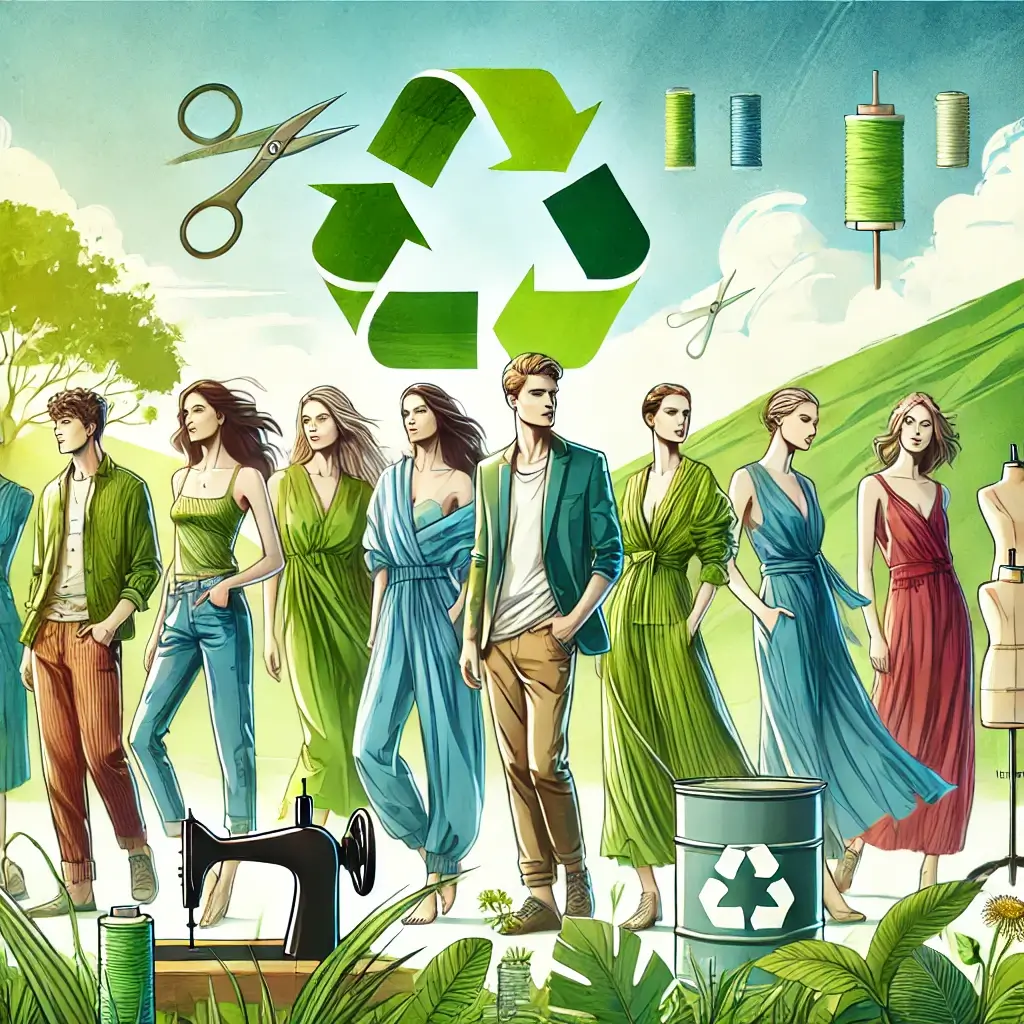The fashion industry has seen a meteoric rise in eco-friendly fashion over the past decade. With growing awareness of the environmental crisis, consumers are beginning to question the ethics of their wardrobe choices. Sustainable fashion promises a cleaner planet, better treatment of workers, and garments that last longer. But is eco-friendly fashion truly worth it? In this article, we delve into 10 key insights to understand its value, challenges, and potential to reshape the future of clothing.
Understanding Eco-Friendly Fashion
What Defines Eco-Friendly Fashion?
Eco-friendly fashion is about sustainability at its core. It involves using materials that are biodegradable or recycled, reducing resource consumption, and ensuring ethical labor practices. Unlike fast fashion, it values longevity over trends, focusing on creating pieces designed to last.
For example, brands like Patagonia focus on repairing old garments to extend their life, while Eileen Fisher offers a “take-back program” to recycle old clothing.
Popular Materials Used in Eco-Friendly Fashion
Eco-friendly materials are as varied as they are innovative:
- Organic Cotton: Grown without harmful pesticides, reducing soil and water contamination.
- Hemp: Requires minimal water and grows rapidly, making it highly sustainable.
- Recycled Polyester: Made from used plastic bottles, reducing waste and energy consumption.
- Bamboo Fabric: Lightweight, breathable, and naturally antibacterial.
The Difference Between Fast Fashion and Eco-Friendly Fashion
Fast fashion thrives on cheap, mass-produced clothing that’s often discarded within months. In contrast, eco-friendly fashion champions slow fashion—smaller collections with timeless designs that emphasize quality. While fast fashion relies on exploitative practices, sustainable fashion aims to empower workers and protect the planet.
Environmental Impact of Eco-Friendly Fashion
Reducing Carbon Footprint
The carbon emissions from the fashion industry account for 10% of global emissions—more than international flights and maritime shipping combined. Eco-friendly brands reduce this footprint by using renewable energy in production and localizing supply chains to cut transportation emissions.
Minimizing Water Usage
Traditional cotton production requires a staggering 2,700 liters of water for a single T-shirt. In contrast, organic cotton uses far less water and eliminates harmful chemicals. Innovative methods like waterless dyeing technologies are also gaining traction, further reducing environmental strain.
Combatting Waste
Fashion is responsible for 92 million tons of waste annually, much of which ends up in landfills. Eco-friendly brands tackle this by:
- Recycling materials (e.g., Girlfriend Collective makes leggings from recycled water bottles).
- Encouraging upcycling (e.g., Reformation uses fabric scraps for new designs).
- Implementing take-back programs to recycle or repurpose old clothes.
Ethical Aspects of Eco-Friendly Fashion
Fair Labor Practices
A cornerstone of eco-friendly fashion is ethical labor. Brands like People Tree ensure workers receive fair wages and operate in safe environments, challenging the exploitative norms of the fast fashion industry.
Transparency in the Supply Chain
Sustainability goes hand in hand with transparency. Companies like Everlane openly share the costs and sources behind their products, building consumer trust and setting industry benchmarks.
Supporting Local Artisans
Eco-friendly fashion often collaborates with artisans, preserving traditional crafts and supporting local economies. For instance, brands like Maiyet partner with craftspeople in developing countries, helping revive dying arts while providing sustainable livelihoods.
Economic Considerations
Initial Costs vs. Long-Term Value
Sustainable fashion often comes with a higher price tag, which deters some consumers. However, its durability and timeless appeal offer better long-term value. For instance, a $200 sustainable jacket might outlast multiple $50 fast-fashion alternatives, saving you money over time.
Quality Over Quantity
Eco-friendly fashion encourages owning fewer, higher-quality items. This minimalist approach not only reduces clutter but also fosters a deeper appreciation for your wardrobe.
Accessibility of Eco-Friendly Fashion
Though eco-friendly options were once limited to high-end brands, affordable alternatives are emerging. Brands like Pact and ThredUp make sustainability more accessible, offering budget-friendly options that don’t compromise ethics.
Consumer Mindset and Benefits
Promoting Conscious Consumption
Conscious consumption involves buying with intention—choosing fewer, better items that align with your values. This shift reduces waste and supports ethical practices, empowering consumers to make a tangible difference.
Health Benefits of Natural Materials
Synthetic fabrics like polyester often contain chemicals that can irritate sensitive skin. In contrast, organic materials like bamboo and cotton are hypoallergenic, breathable, and free from toxins.
Personal Satisfaction
Eco-friendly fashion offers a unique sense of fulfillment. Knowing your choices contribute to a cleaner planet and better labor conditions can enhance your sense of purpose and pride in what you wear.
Challenges in Adopting Eco-Friendly Fashion
Overcoming Greenwashing
Greenwashing is rampant in the fashion industry. Companies often use buzzwords like “sustainable” or “eco-friendly” without substantiating their claims. For instance, a “conscious collection” might use some recycled materials while the rest of the brand operates on unsustainable practices.
How to spot greenwashing:
- Look for certifications like GOTS, Fair Trade, or Bluesign.
- Research a brand’s full supply chain and labor policies.
- Be wary of vague language and overly broad claims.
Limited Availability and Variety
While eco-friendly fashion is growing, its variety still pales compared to fast fashion. Finding styles that suit diverse tastes and occasions can be challenging, though brands are making strides to expand their offerings.
Navigating the Transition
Switching to sustainable fashion doesn’t happen overnight. Start small by replacing frequently worn items, like basics or outerwear, with sustainable alternatives. Explore thrift stores and second-hand shops for budget-friendly options.
How Celebrities and Brands Greenwash
The Illusion of “Green” Marketing
Fashion brands frequently exaggerate their sustainability efforts to appear “green.” For example, H&M’s Conscious Collection has faced criticism for using misleading claims about recycled fabrics while still relying on exploitative fast-fashion models.
Celebrities’ Role in Greenwashing
Celebrity endorsements amplify greenwashing. For example, a well-known celebrity might promote a “sustainable line” from a brand notorious for unethical practices. This creates the illusion of responsibility while distracting from broader issues.
Hypocrisy in the Fashion Industry
Brands like Zara and Shein often claim sustainability while producing at volumes incompatible with environmental care. Shein, in particular, has faced scrutiny for selling items for mere dollars—an unsustainable practice that exploits labor and resources.
The Suffering of Third-World Countries
The True Cost of Fast Fashion
Fast fashion relies on a supply chain built on exploitation. Workers in countries like Bangladesh and Cambodia endure grueling conditions, earning as little as $3 per day while producing garments sold for huge profits.
Environmental Devastation in Developing Nations
Many developing nations bear the brunt of fashion’s environmental toll:
- Rivers polluted by untreated dyes from textile factories.
- Massive waste piles as developed countries dump their discarded clothing in poorer regions.
For example, the Citarum River in Indonesia is considered one of the most polluted rivers in the world due to textile factories.
Exploitation of Resources and Communities
Brands strip third-world nations of their resources while giving little back. Forests are cleared for cotton plantations, water sources are drained, and entire communities are displaced—all to keep production costs low.
Is Eco-Friendly Fashion Really Worth It?
Balancing Cost, Ethics, and Environment
Eco-friendly fashion provides significant ethical and environmental benefits. While initial costs may be higher, the long-term savings, reduced environmental impact, and contribution to fair labor practices make it a worthwhile investment.
Examples of Successful Eco-Friendly Brands
- Patagonia: Known for its environmental activism, repair programs, and transparency.
- Stella McCartney: Combines luxury fashion with cutting-edge sustainable materials.
- Veja: Produces stylish sneakers using fair trade and eco-conscious practices.
The Future of Sustainable Fashion
Sustainability is no longer optional; it’s the future of fashion. Advances in technology, such as bioengineered fabrics and AI-powered supply chain optimization, promise to revolutionize the industry. As consumer awareness grows, brands will face increasing pressure to prioritize transparency and accountability.
FAQs
-
What makes a clothing brand eco-friendly?
A brand is eco-friendly when it uses sustainable materials, reduces waste, and ensures ethical labor practices.
-
Are there affordable eco-friendly fashion brands?
Yes, brands like Pact, Everlane, and thrift stores offer affordable sustainable options.
-
How can I ensure a brand is truly sustainable?
Research their practices, look for certifications, and read reviews to verify their claims.
-
What are the best materials for sustainable clothing?
Organic cotton, hemp, bamboo, Tencel, and recycled polyester are great options.
-
How does eco-friendly fashion help the environment?
It reduces carbon emissions, water waste, and landfill contributions while supporting ethical labor practices.
Conclusion
Eco-friendly fashion is more than a trend; it’s a movement toward a more ethical and sustainable future. While challenges like greenwashing and affordability persist, the benefits far outweigh the drawbacks. By choosing sustainable options, you’re not just investing in better clothing—you’re advocating for a cleaner planet, fairer labor practices, and a brighter future. It’s time to make fashion a force for good.







